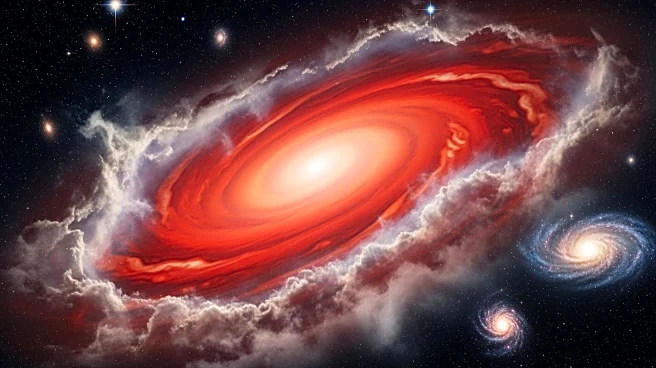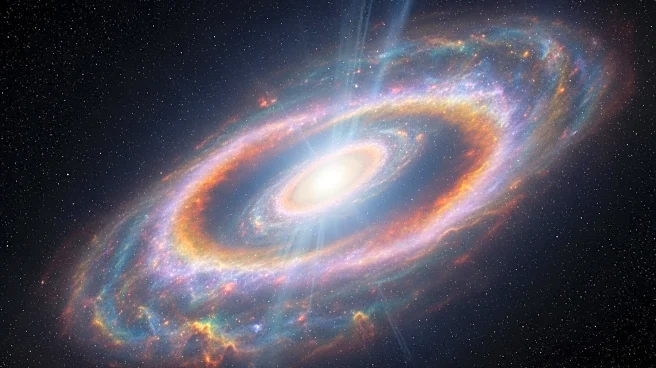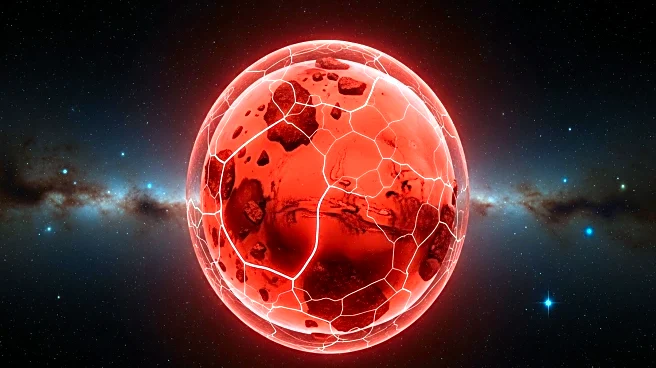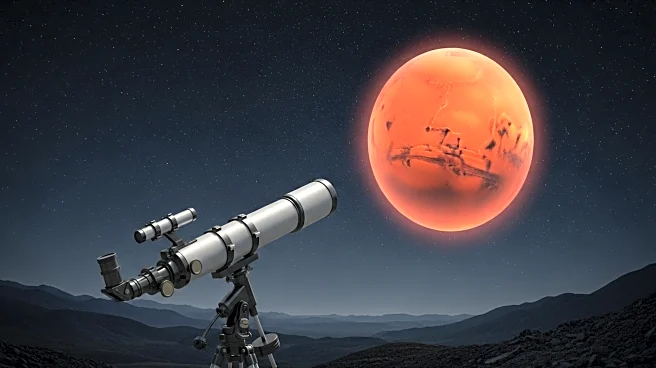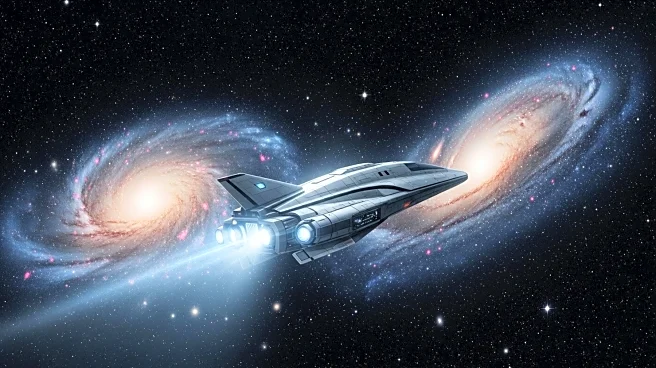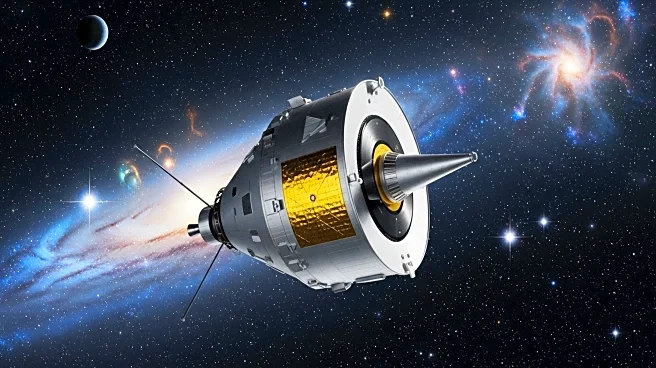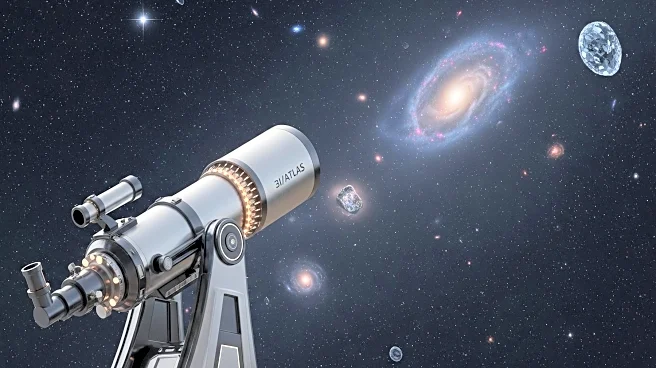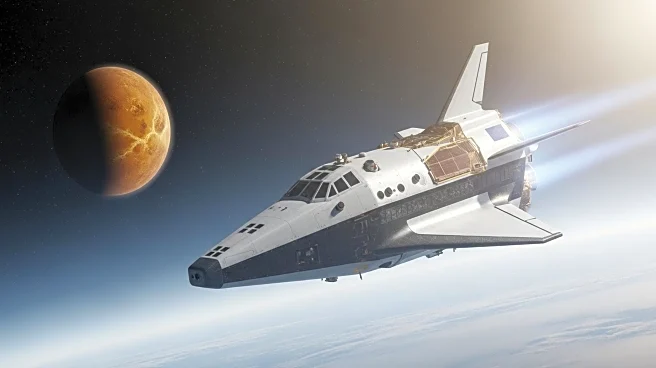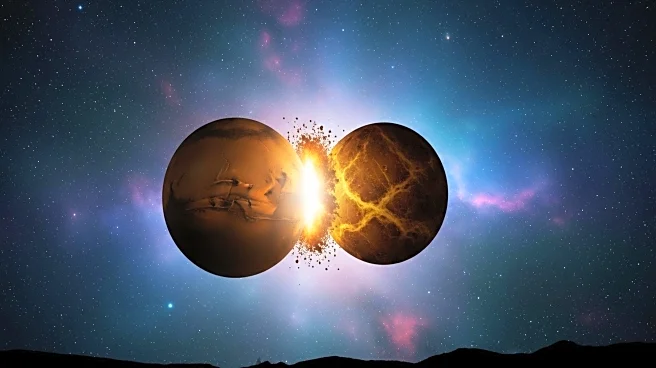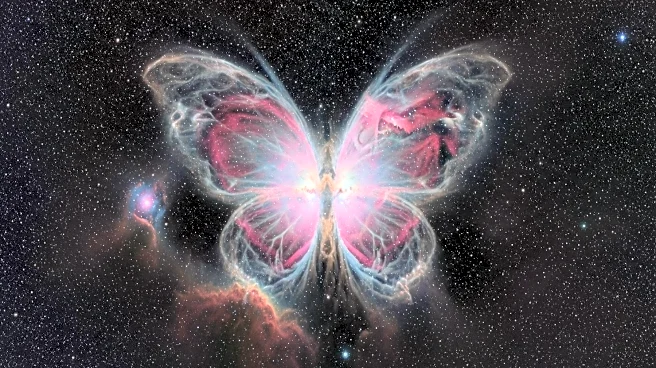What is the story about?
What's Happening?
Voyager 2's flyby of Jupiter in July 1979 provided unprecedented insights into the planet's Great Red Spot, a massive storm larger than Earth. This encounter marked the first detailed observation of the storm, which had been visible from Earth for centuries but remained largely mysterious. The data collected by Voyager 2 revealed the storm's complex structure and dynamic nature, offering a glimpse into the atmospheric processes of Jupiter. This mission significantly advanced our understanding of planetary atmospheres and the forces driving such colossal weather systems.
Why It's Important?
The Voyager 2 mission's findings on Jupiter's Great Red Spot have had a lasting impact on planetary science. Understanding the dynamics of such a massive storm provides insights into atmospheric phenomena not only on Jupiter but also on other planets, including Earth. The data helps scientists develop models to predict weather patterns and understand the behavior of storms in different environments. This knowledge is crucial for advancing space exploration and preparing for future missions to gas giants and other celestial bodies.
Beyond the Headlines
The study of Jupiter's Great Red Spot also raises questions about the longevity and energy sources of such storms. Unlike storms on Earth, which dissipate relatively quickly, the Great Red Spot has persisted for centuries. This longevity challenges existing theories about storm dynamics and energy dissipation. The ongoing study of this phenomenon may lead to new discoveries about the fundamental processes governing planetary atmospheres, potentially influencing our understanding of climate systems on Earth.
AI Generated Content
Do you find this article useful?
